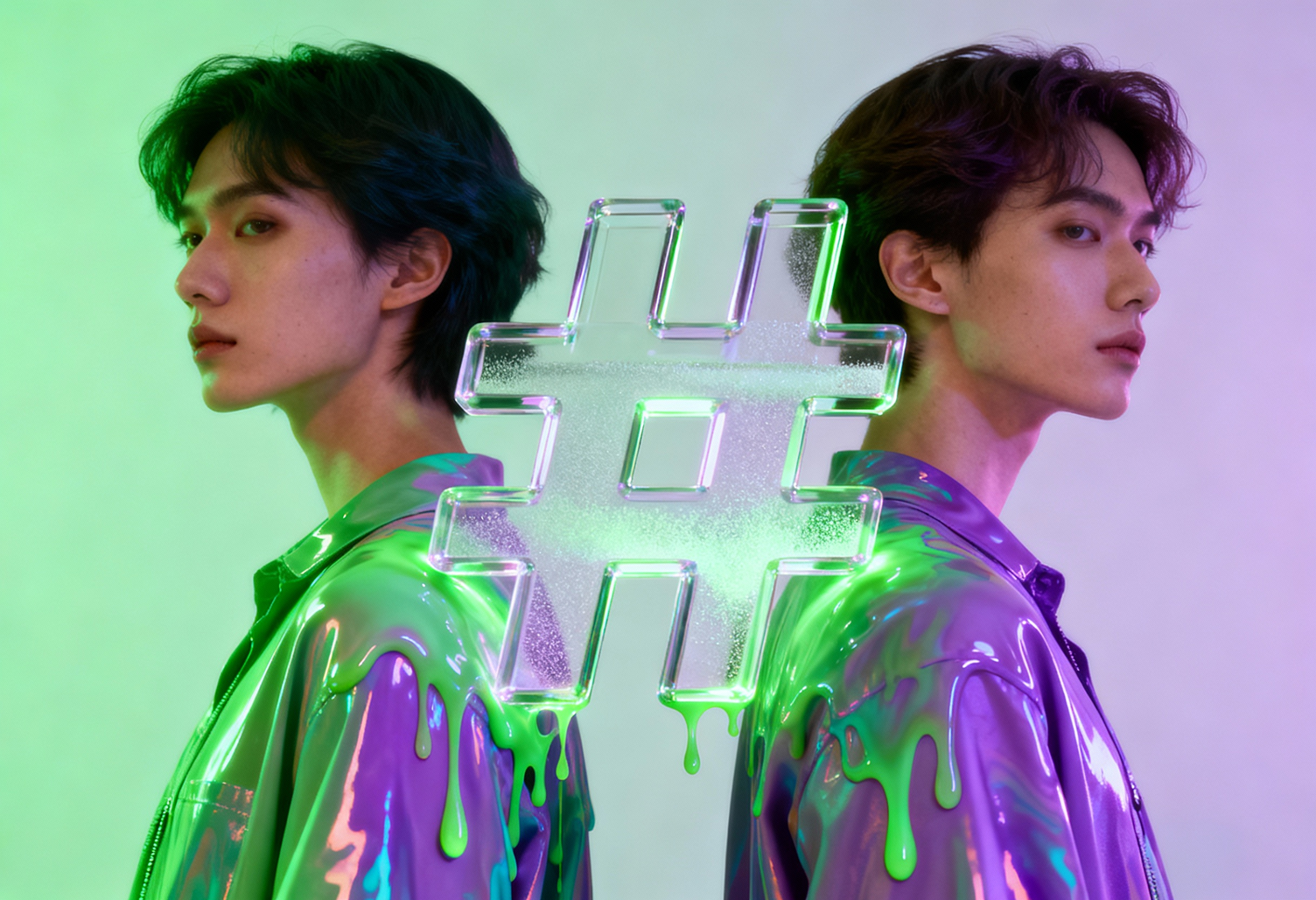
By clicking "Accept all cookies", you agree to storing cookies on your device to enhance site navigation, analyze site usage and assist in our marketing efforts as outlined in our privacy policy.
🍪 ACCEPT POLICY

It is a networked ecosystem where algorithms constantly influence each other. When a creator gains momentum on one platform, that energy can spill over into others, boosting visibility, search demand, and audience growth across the entire digital landscape.
This phenomenon is called algorithmic spillover, and understanding it is becoming one of the most important competitive advantages for brands, creators, and marketers.
In this article, we unpack what algorithmic spillover is, why it happens, how to measure it, and how brands can use cross-platform synergy to amplify influence and accelerate growth.
Algorithmic spillover is the effect where success on one platform increases visibility, discoverability, or engagement on another platform — even without posting new content there.
Examples include:
In short: algorithms respond to cultural momentum, not just platform-specific activity.
Any signal of rising relevance anywhere can trigger algorithmic responsiveness everywhere.
Algorithmic spillover is driven by fundamental system behaviors across platforms. These four laws explain why visibility compounds instead of staying isolated.
If TikTok, Instagram, and YouTube all show rising interest in a topic or creator, each algorithm interprets it as:
Algorithms don’t collaborate — but they observe the same signals from user behavior.
Users don’t stay in one app. When they discover something interesting, they:
This behavior creates a trail. Algorithms follow the trail.
If a creator becomes relevant in one format (e.g., a viral short video), their relevance transfers to:
Platforms amplify creators capable of satisfying multiple user intents.
Authority compounds.
A creator who is “hot” somewhere becomes high-authority everywhere.
This is why a TikTok viral moment can:
Algorithms reward rising stars — across platforms.
Algorithmic spillover can be visualized through a three-phase loop:
A creator or piece of content gains rapid traction on one platform.
Key signals include:
The origin platform becomes the ignition point.
Users begin searching for:
Platforms like YouTube, Google Search, and Pinterest benefit here.
Platforms that emphasize social proof or saveability then pick up the trend:
Users save, share, discuss, and interpret the trend, extending its lifespan.
This creates new signals that feed back into the original platform, creating a visibility flywheel.
To quantify spillover properly, brands must track cross-platform metrics, not isolated dashboards.
Below are the most reliable indicators.
Track increases in:
Spillover is happening when search volume spikes after a viral content moment.
Look for parallel spikes in:
If all curves rise together, the origin platform is causing lift everywhere.
After a viral short-form moment, YouTube often shows:
This indicates that curiosity is moving from short-form → long-form.
On Instagram and Pinterest, spillover appears as:
This signals deeper cultural embedding.
If multiple creators begin referencing the same trend across platforms, that’s not virality — it’s sustained algorithmic amplification.
For brands, spillover creates long-term competitive advantages:
Organic cross-platform traffic reduces paid spend.
When users see a trend on multiple channels, credibility increases.
Cross-platform exposure deepens emotional connection.
Momentum across platforms lasts longer than a single-platform spike.
Search algorithms love validating signals from social platforms.
This is why brands must see influencer campaigns as network effects, not isolated activations.
Spillover can happen naturally — but smart brands engineer it.
Creators should adapt the same idea into:
This multiplies discoverability.
Run content in stages:
This sequencing boosts synergy.
Creators should direct audiences to:
This movement between platforms signals relevance to algorithms.
Algorithms accelerate when many voices talk about the same topic simultaneously.
This creates cultural echo.
Even if the goal is YouTube growth or search lift, TikTok is the ignition point.
We’re entering the era of algorithmic convergence.
Influence will no longer be evaluated by platform, but by ecosystem impact.
Creators who master cross-platform strategy will:
Brands that understand spillover will design influencer programs that maximize synergy, not just impressions.
Cross-platform influence is the new currency.